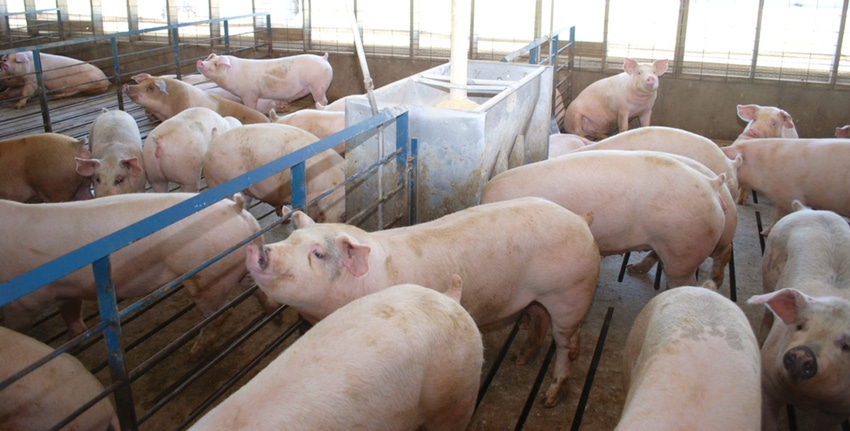Producers may be falling behind on marketing hogs or USDA may have slightly overestimated the September heavy weight market hog inventory.

Since the first of September hog slaughter has been 1% lower than indicated by the September Hogs and Pigs report (down 3.1% verses down 2.1%). Producers may be falling behind on marketing hogs or USDA may have slightly overestimated the September heavy weight market hog inventory.
Going forward, the September hog inventory survey indicated winter hog slaughter would be down nearly 5.7%. That is a slightly bigger slaughter decline than I’m expecting. However, the biggest weekly hog slaughter we’ve had thus far this fall is 2.63 million head. Last December weekly hog slaughter exceeded 2.75 million three times.
Despite lower-than-expected hog slaughter, hog prices have been steadily declining since the price peak in June. This long price decline is a bit puzzling. Often when slaughter falls below the expected level, packers become more aggressive in bidding for hogs.
During the last few weeks hog prices have dropped below the year-ago level. Current Iowa-Minnesota negotiated carcass base prices are 41% of the $134.41/cwt June peak.
Carcass weights were above the year-ago level during the first quarter of 2021 but have been below since then. Weights that are lighter than a year ago do not support a theory of delayed hog slaughter.
The normal seasonal pattern is heavy weights during the winter and lighter weights during the summer.
Through September U.S. pork imports were up 25.1% year-over-year with most major suppliers, except Netherlands, shipping more pork to the U.S. During this period pork exports were down 0.9% with a big drop in shipments to China being partially offset by more U.S. pork going to Mexico, Philippines, Columbia and Japan.
During the first nine months of 2021 pork imports equaled 4% of U.S. pork production and exports equaled 26.2% of production.
Live hog imports were up 1.2 million head (32.2%) during January-September.
Hog prices are being boosted by pork prices. The average price for pork in grocery stores during October was $4.816 per pound. That was 10 cents higher than the month before, 73.2 cents higher than a year earlier and record high for the seventh consecutive month.
Margins between live hog prices and retail pork prices were also record wide in October.
Inflation is a factor. The October Consumer Price Index was up 6.22% year-over-year. That was the biggest increase since November 1990. Inflation is likely to continue to increase which should help boost meat prices.
The average live price for 51-52% lean hogs during October was $62.80/cwt, down $6.04 from the month before but up $6.88 year over year. USDA’s WASDE report is forecasting 51-52% lean live hog prices will average $67.45/cwt this year with 2022 prices averaging $60.00/cwt.
The WASDE is predicting this year’s pork exports will be down 1.2% but up 2.9% next year.
The futures market expects hog prices to rally from December to June then to slide back to current levels by December 2022.
Lee Schulz at Iowa State University estimated October profits at $15.82 per hog sold. This made October the ninth consecutive profitable month for Iowa farrow to finish operations. Dr Schulz estimated October cost of production at $60.92/cwt live; the lowest month since April.====
The first ten months of 2021 averaged a profit of $33.58 per hog marketed according to calculations by Dr Schulz. All months except January were profitable.
The futures market expects the price of a bushel of corn to stay in the $5.50 to $6 range during the next 12 months.
Retail pork demand was strong in January thru April, but weak during May thru August. Retail demand was strong again in September. Export demand for U.S. pork has been strong ever since January.
Since the first of September the number of cull sows imported from Canada has been up 9.5% and U.S. sow slaughter has been down 7.3%. Net of Canadian sow imports, U.S. sow slaughter is down 9.5%. It appears that the sow herd has been slowly growing since spring which is not surprising given the profitability of hog production this year.
Meat in cold storage dropped dramatically in the spring of 2020 when packing plans were forced to idle operations due to COVID in their employees. There were 440 million pounds of pork in cold storage at the end of October. That was down 1.7% year-over-year and 150 million pounds below the five-year average.
About the Author(s)
You May Also Like





